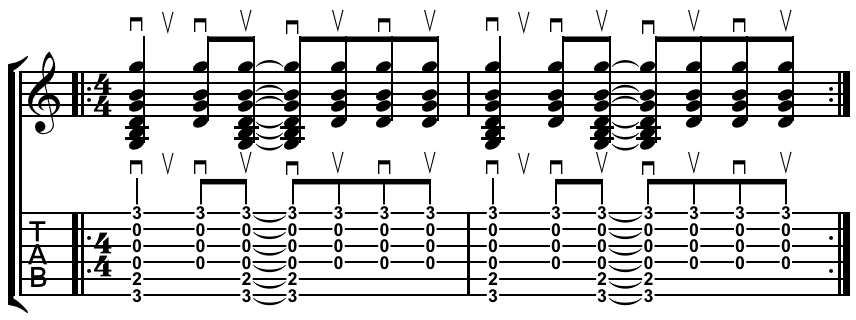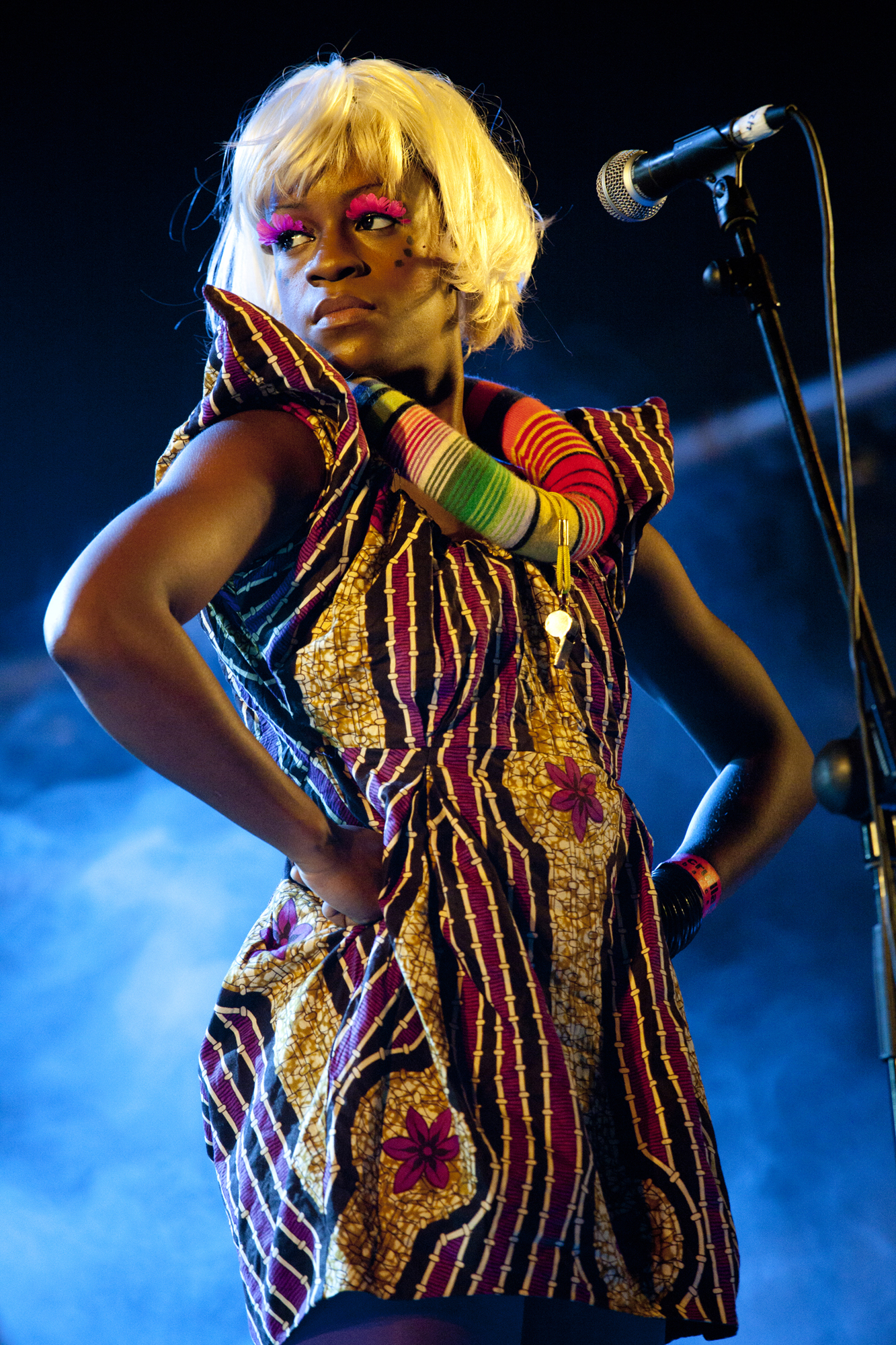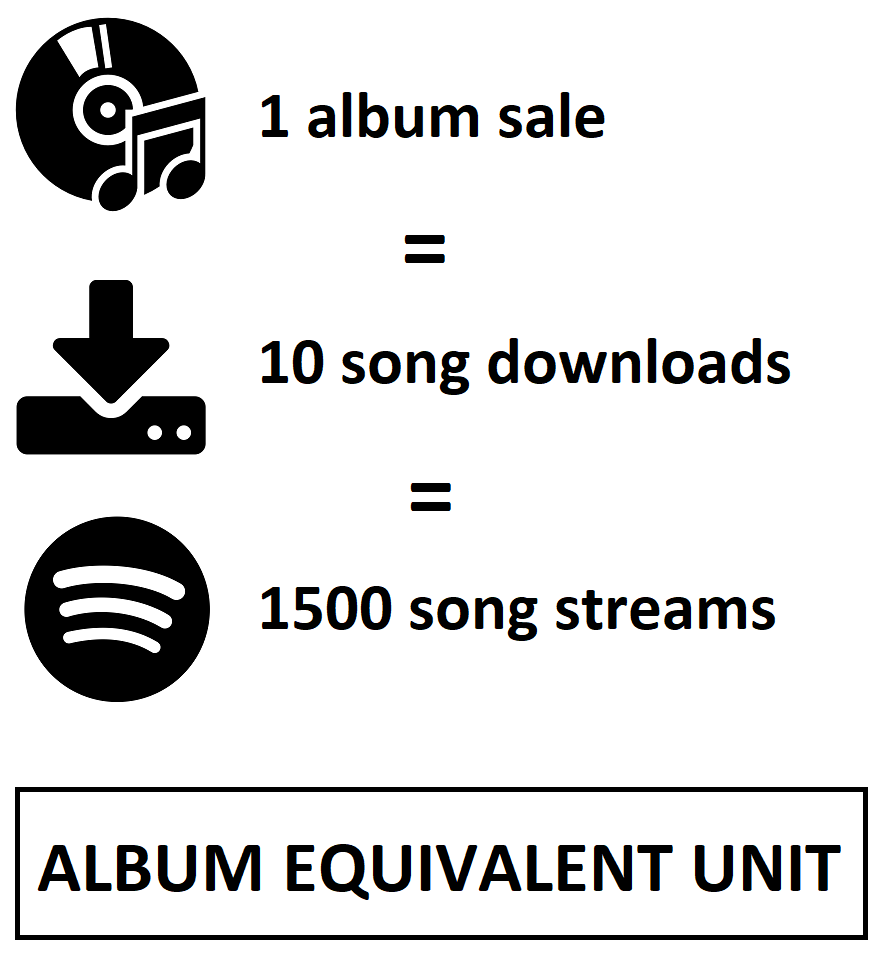|
All That We Needed
''All That We Needed'' is the third studio album by American rock band Plain White T's, released on January 25, 2005. This is Plain White T's second album with Fearless Records. In July 2007, after the release of '' Every Second Counts'' (2006), the song " Hey There Delilah" was re-issued as a single and sold unexpectedly well, reaching number one on the US ''Billboard'' Hot 100. The album was certified gold by the Recording Industry Association of America (RIAA). Commercial performance ''All That We Needed'' missed the ''Billboard'' 200 chart, but still managed to appear on the US Heatseekers Albums chart. The album peaked at number 26 on the chart. On July 31, 2017, the album was certified gold by the Recording Industry Association of America (RIAA) for combined sales and album-equivalent units of over 500,000 units in the United States. Track listing Personnel * Tom Higgenson – lead vocals, acoustic guitar * Tim G. Lopez – lead guitar, backing vocals * Dave Tirio – ... [...More Info...] [...Related Items...] OR: [Wikipedia] [Google] [Baidu] |
Plain White T's
Plain White T's are an American rock band from Lombard, Illinois, formed in 1997 by high school friends Tom Higgenson, Dave Tirio, and Ken Fletcher, and joined a short time later by Steve Mast. The group had a mostly underground following in Chicago basements, clubs, and bars in its early years. The band had a number-one hit song with " Hey There Delilah", which achieved platinum status in 2007 and earned two Grammy nominations. The songs "1234" and " Rhythm of Love" were also certified platinum in 2009 and 2011 respectively. History Formation (1997–1999) The Plain White T's was formed in Lombard in early 1997. The group began as a trio, with Higgenson as singer and guitarist, Fletcher on bass guitar and Tirio on drums. The group played mostly local punk shows in Chicago's suburbs, eventually having gigs at the Metro in Chicago's Wrigleyville neighborhood. As the band began to establish itself in the local scene, a fourth member, Steve Mast, was recruited. He played lead gu ... [...More Info...] [...Related Items...] OR: [Wikipedia] [Google] [Baidu] |
RIAA Certification
In the United States, the Recording Industry Association of America (RIAA) awards certification based on the number of albums and single (music), singles sold through retail and other ancillary markets.RIAA certification criteria Retrieved on September 11, 2006 Other countries have similar awards (see music recording certification). Certification is not automatic; for an award to be made, the record label must first request certification. The audit is conducted against net shipments after returns (most often an artist's royalty statement is used), which includes albums sold directly to retailers and one-stops, direct-to-consumer sales (music clubs and mail order) and other outlets. Description and qualifications [...More Info...] [...Related Items...] OR: [Wikipedia] [Google] [Baidu] |
Independent Albums
The Independent Albums chart (previously titled Top Independent Albums) ranks the highest-selling independent music albums and extended plays (EPs) in the United States, as compiled by Nielsen SoundScan and published weekly by '' Billboard'' magazine. It is used to list artists who are not signed to major labels. Rankings are compiled by point-of-purchase sales obtained by Nielsen, and from legal music downloads from a variety of online music stores. The chart began in the week of February 5, 2000. The top 25 positions are published through the ''Billboard'' website, with further chart positions available through a paid subscription to Billboard.biz. As with all ''Billboard'' charts, albums appearing on the Independent chart may also concurrently appear on the ''Billboard'' 200, the main chart published based solely on sales, as well as any of the other ''Billboard'' charts. In addition, exclusive album titles which are only sold through individual retail sites may also be inc ... [...More Info...] [...Related Items...] OR: [Wikipedia] [Google] [Baidu] |
Percussion Instrument
A percussion instrument is a musical instrument that is sounded by being struck or scraped by a beater including attached or enclosed beaters or rattles struck, scraped or rubbed by hand or struck against another similar instrument. Excluding zoomusicological instruments and the human voice, the percussion family is believed to include the oldest musical instruments.'' The Oxford Companion to Music'', 10th edition, p.775, In spite of being a very common term to designate instruments, and to relate them to their players, the percussionists, percussion is not a systematic classificatory category of instruments, as described by the scientific field of organology. It is shown below that percussion instruments may belong to the organological classes of ideophone, membranophone, aerophone and cordophone. The percussion section of an orchestra most commonly contains instruments such as the timpani, snare drum, bass drum, tambourine, belonging to the membranophones, an ... [...More Info...] [...Related Items...] OR: [Wikipedia] [Google] [Baidu] |
Drum Kit
A drum kit (also called a drum set, trap set, or simply drums) is a collection of drums, cymbals, and other auxiliary percussion instruments set up to be played by one person. The player (drummer) typically holds a pair of matching drumsticks, one in each hand, and uses their feet to operate a foot-controlled hi-hat and bass drum pedal. A standard kit may contain: * A snare drum, mounted on a stand * A bass drum, played with a beater moved by a foot-operated pedal * One or more tom-toms, including rack toms and/or floor toms * One or more cymbals, including a ride cymbal and crash cymbal * Hi-hat cymbals, a pair of cymbals that can be manipulated by a foot-operated pedal The drum kit is a part of the standard rhythm section and is used in many types of popular and traditional music styles, ranging from rock and pop to blues and jazz. __TOC__ History Early development Before the development of the drum set, drums and cymbals used in military and orchestral mu ... [...More Info...] [...Related Items...] OR: [Wikipedia] [Google] [Baidu] |
Bass Guitar
The bass guitar, electric bass or simply bass (), is the lowest-pitched member of the string family. It is a plucked string instrument similar in appearance and construction to an electric or an acoustic guitar, but with a longer neck and scale length, and typically four to six strings or courses. Since the mid-1950s, the bass guitar has largely replaced the double bass in popular music. The four-string bass is usually tuned the same as the double bass, which corresponds to pitches one octave lower than the four lowest-pitched strings of a guitar (typically E, A, D, and G). It is played primarily with the fingers or thumb, or with a pick. To be heard at normal performance volumes, electric basses require external amplification. Terminology According to the ''New Grove Dictionary of Music and Musicians'', an "Electric bass guitar sa Guitar, usually with four heavy strings tuned E1'–A1'–D2–G2." It also defines ''bass'' as "Bass (iv). A contraction of Double bass ... [...More Info...] [...Related Items...] OR: [Wikipedia] [Google] [Baidu] |
Rhythm Guitar
In music performances, rhythm guitar is a technique and role that performs a combination of two functions: to provide all or part of the rhythmic pulse in conjunction with other instruments from the rhythm section (e.g., drum kit, bass guitar); and to provide all or part of the harmony, i.e. the chords from a song's chord progression, where a chord is a group of notes played together. Therefore, the basic technique of rhythm guitar is to hold down a series of chords with the fretting hand while strumming or fingerpicking rhythmically with the other hand. More developed rhythm techniques include arpeggios, damping, riffs, chord solos, and complex strums. In ensembles or bands playing within the acoustic, country, blues, rock or metal genres (among others), a guitarist playing the rhythm part of a composition plays the role of supporting the melodic lines and improvised solos played on the lead instrument or instruments, be they strings, wind, brass, keyboard or even ... [...More Info...] [...Related Items...] OR: [Wikipedia] [Google] [Baidu] |
Backing Vocalist
A backing vocalist is a singer who provides vocal harmony with the lead vocalist or other backing vocalists. A backing vocalist may also sing alone as a lead-in to the main vocalist's entry or to sing a counter-melody. Backing vocalists are used in a broad range of popular music, traditional music, and world music styles. Solo artists may employ professional backing vocalists in studio recording sessions as well as during concerts. In many rock and metal bands (e.g., the power trio), the musicians doing backing vocals also play instruments, such as guitar, electric bass, drums or keyboards. In Latin or Afro-Cuban groups, backing singers may play percussion instruments or shakers while singing. In some pop and hip hop groups and in musical theater, they may be required to perform dance routines while singing through headset microphones. Styles of background vocals vary according to the type of song and genre of music. In pop and country songs, backing vocalists may ... [...More Info...] [...Related Items...] OR: [Wikipedia] [Google] [Baidu] |
Lead Guitar
Lead guitar (also known as solo guitar) is a musical part for a guitar in which the guitarist plays melody lines, instrumental fill passages, guitar solos, and occasionally, some riffs and chords within a song structure. The lead is the featured guitar, which usually plays single-note-based lines or double-stops. In rock, heavy metal, blues, jazz, punk, fusion, some pop, and other music styles, lead guitar lines are usually supported by a second guitarist who plays rhythm guitar, which consists of accompaniment chords and riffs. History The first form of lead guitar emerged in the 18th century, in the form of classical guitar styles, which evolved from the Baroque guitar, and Spanish Vihuela. Such styles were popular in much of Western Europe, with notable guitarists including Antoine de Lhoyer, Fernando Sor, and Dionisio Aguado. It was through this period of the classical shift to romanticism the six-string guitar was first used for solo composing. Through the 19t ... [...More Info...] [...Related Items...] OR: [Wikipedia] [Google] [Baidu] |
Acoustic Guitar
An acoustic guitar is a musical instrument in the string family. When a string is plucked its vibration is transmitted from the bridge, resonating throughout the top of the guitar. It is also transmitted to the side and back of the instrument, resonating through the air in the body, and producing sound from the sound hole. The original, general term for this stringed instrument is ''guitar'', and the retronym 'acoustic guitar' distinguishes it from an electric guitar, which relies on electronic amplification. Typically, a guitar's body is a sound box, of which the top side serves as a sound board that enhances the vibration sounds of the strings. In standard tuning the guitar's six strings are tuned (low to high) E2 A2 D3 G3 B3 E4. Guitar strings may be plucked individually with a pick (plectrum) or fingertip, or strummed to play chords. Plucking a string causes it to vibrate at a fundamental pitch determined by the string's length, mass, and tension. ( Overtones are also ... [...More Info...] [...Related Items...] OR: [Wikipedia] [Google] [Baidu] |
Lead Vocalist
The lead vocalist in popular music is typically the member of a group or band whose voice is the most prominent melody in a performance where multiple voices may be heard. The lead singer sets their voice against the accompaniment parts of the ensemble as the dominant sound. In vocal group performances, notably in soul and gospel music, and early rock and roll, the lead singer takes the main vocal melody, with a chorus or harmony vocals provided by other band members as backing vocalists. Lead vocalists typically incorporate some movement or gestures into their performance, and some may participate in dance routines during the show, particularly in pop music. Some lead vocalists also play an instrument during the show, either in an accompaniment role (such as strumming a guitar part), or playing a lead instrument/instrumental solo role when they are not singing (as in the case of lead singer-guitar virtuoso Jimi Hendrix). The lead singer also typically guides the vocal e ... [...More Info...] [...Related Items...] OR: [Wikipedia] [Google] [Baidu] |
Album-equivalent Unit
The album-equivalent unit, or album equivalent, is a measurement unit in music industry to define the consumption of music that equals the purchase of one album copy. This consumption includes streaming and song downloads in addition to traditional album sales. The album-equivalent unit was introduced in the mid- 2010s as an answer to the drop of album sales in the 21st century. Album sales more than halved from 1999 to 2009, declining from a $14.6 to $6.3 billion industry. For instance, the only albums that went platinum in the United States in 2014 were the ''Frozen'' soundtrack and Taylor Swift's ''1989'', whereas several artists' works had in 2013. The usage of the album-equivalent units revolutionized the charts from the "best-selling albums" ranking into the "most popular albums" ranking. The International Federation of the Phonographic Industry (IFPI) have used album-equivalent unit to measure their Global Recording Artist of the Year since 2013. Terminology The t ... [...More Info...] [...Related Items...] OR: [Wikipedia] [Google] [Baidu] |






